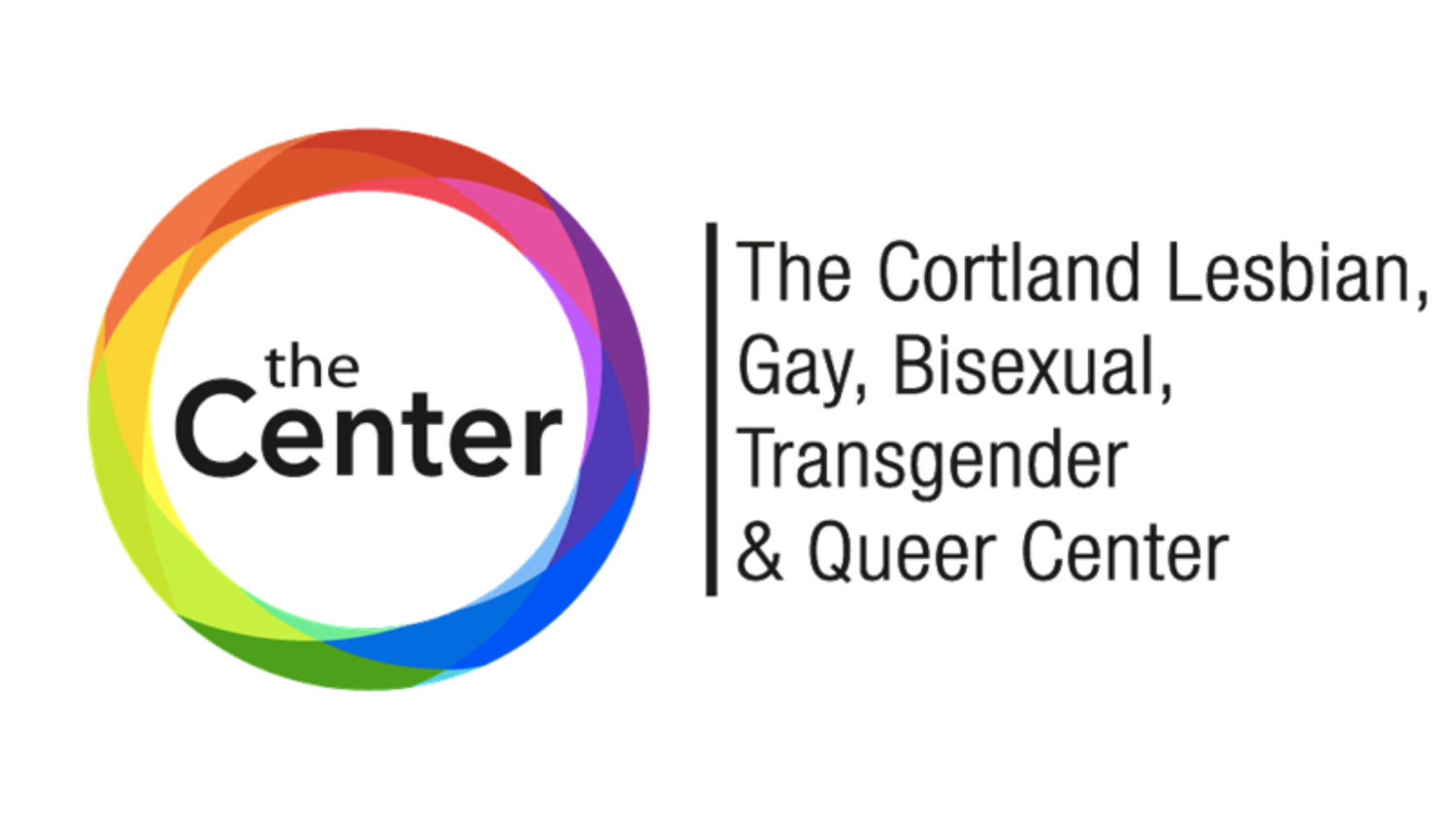Levels of Allyship
This segment will go over various ways to be a better Ally to the LGBTQ+ people in your life. Keep in mind that being an Ally is NOT something you ARE but something you DO. It takes constant work and if you slip up it’s important to listen to what your LGBTQ+ friends and family are telling you in how to be better. This segment will also go over some ways to keep self-care in mind when dealing with specific issues. Now let’s talk about-
Levels of Allyship
Being an ally is a concept many people are familiar with—or even claim to embody—and it plays a crucial role in the growth and support of communities. Minority communities, such as those of LGBTQ+ individuals, people with disabilities, and communities of color, rely on allies to help amplify their voices and protect their interests. Allies can support these communities by speaking up in spaces where their perspectives may be underrepresented or by acting as advocates and safeguards for their safety and well-being. But what does allyship actually look like in practice? What does it mean when someone identifies as an ally? Allyship exists on a spectrum, with different levels and approaches depending on the situation, as well as a person’s comfort, privilege, and capacity to act
The first thing to understand about allyship is that it’s not something you simply are—it’s something you do. Allyship is an action, not a label. Calling yourself an ally just because it seems politically savvy, or displaying passive signs of support—like putting up a rainbow sticker without meaningful follow-through—is at best performative allyship. To move beyond performative gestures and practice true allyship, focus on the following:
• Decenter yourself – Don’t act to boost your own status or gain clout. Focus on how your actions can genuinely support the people or communities you aim to ally with.
• Be curious and listen – If you’re unsure about something or how it might affect the community, ask questions or do your own research—and truly listen to the answers. Never assume you understand someone else’s experience better than they do.
• Recognize your own biases – Identify where your biases come from and actively challenge them. Everyone has biases, so you’re not alone in unlearning—but it’s your responsibility to commit to the work.
It’s also important to acknowledge your own abilities and privilege when practicing allyship. Some forms of allyship require real sacrifice—can you take time off work to attend a protest or march? Are stressors at home or work preventing you from meaningfully listening to or supporting someone who relies on you? When you step outside your comfort zone to engage in the more challenging work of allyship, it’s essential to put in extra effort to learn from those who have experience or are organizing the work you’re joining. This may also be the first step toward moving beyond allyship and becoming an accomplice.
An accomplice takes allyship to the next level. They focus on the safety, well-being, and growth of the communities they support, often working to dismantle and restructure the systems that perpetuate oppression and injustice. Accomplices use what they learn from the communities they serve to ensure that the changes they advocate for are informed by—and led by—those communities. While accomplices can be individuals with significant privilege who can act more vocally or visibly with less personal or professional risk, they can also be anyone willing to take risks—such as facing job loss, social backlash, or even legal consequences—because of the work they are doing.
If you’re ready to begin your allyship journey—or simply need a refresher on steps to take—this is a good starting point. Research local groups, especially those involved in mutual aid or focused on specific communities, and explore how you can participate and learn from their work. Even if a group doesn’t perfectly align with your goals, you can still make connections, gain insight from community members, and, if necessary, start your own initiative to create positive change for the communities you support as an ally or accomplice. Take the first step today—reach out, show up, and commit to learning and acting in support of your community.
